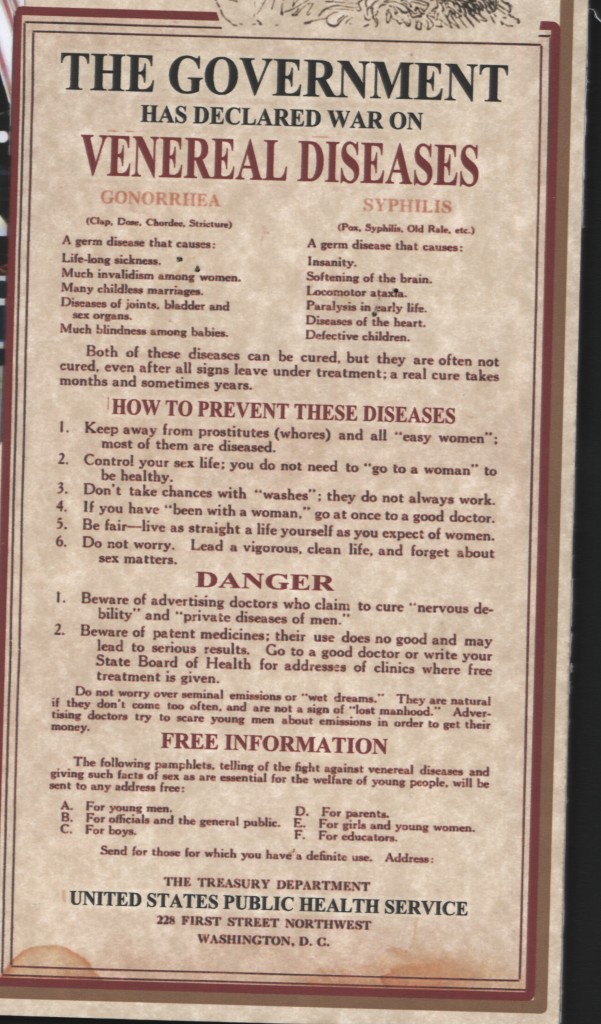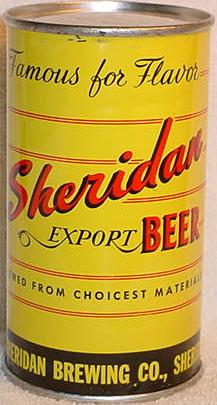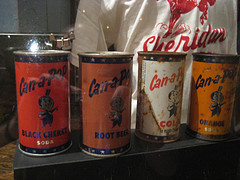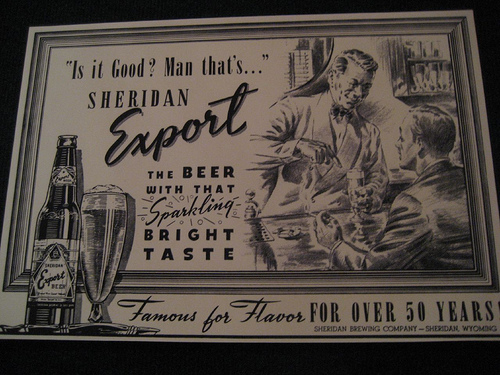Well lookey here, can y’all believe it’s another year gone by? Cookie and me, we’ve been settlin’ in back home in Wyomin’ and WHOO-EEE the campfire sure does smell sweeter out here!
2013 is the 125th Anniversary of Sheridan County Wyoming!! YEEE-HAW!! So throughout the year, I’ll be sharin’ some of the highlights of this county! All of my stories are set in this area of Wyoming, or have ties to it, and after readin’ a bit about its history, y’all will know why!
Today we’re gonna visit the sportin’ houses of Sheridan. Cookie, bless his soul, offered to “interview” the gals! Cookie now has a bump on his head where a cast iron skillet “slipped” from my hand. J
‘Nough of that, let’s get goin’…
March 9, 1888, Sheridan County Wyoming was founded with the county seat being the town of Sheridan. Ranches, mines, railroads, mills and a brewery all became important entities of Sheridan’s history. As much a part of this history were Sheridan’s brothels. The town’s red light district boomed from 1888 through the early 1900s with the last of the “houses” closing in the 1960s.
The Sheridan County census, in 1900, listed Jane Stewart “Missoula Jane” and along with six other “dressmakers” and two “laundresses” living on Val Vista and First Streets. Police records that same year recorded Jane Stewart’s arrest for renting a house to Ida Fitzgerald for prostitution.
Lizzie Lane ran a house on East Grinnell Avenue. Lizzie came from Kentucky, as did the cook she brought with her. Her seven girls, all black, ranged in age from 22 to 29 and came from various parts of the South.
Fifteen Ladies of Ill Repute were arrested for violating Ordinance #72, Sect. 3. Thirteen of the girls were fined $5.50 each. Two, Nellie Lay and Vivian Crawley were fined $15.50, leading researchers to believe their higher fine meant these women were the proprietors.
Despite arrests and fines, by 1910, houses of ill repute lined East Grinnell Street. Main Street, North Connor and Custer also had a few houses scattered among other businesses and residences. The census listed 70 “soiled doves” in business. They are listed as inmates in houses of prostitution or proprietors. Sixteen houses are marked F.B. on the city’s map. This meant there was a female border (i.e. prostitute) at that house.
A further look at the city’s census records from the early 1900s sheds light on why “female borders” were choosing to settle in Sheridan. At this time Sheridan had a population of 10,000, with the majority of the population being very young men in their 30s and unmarried. Sheridan, the city and the county, was a region of mines, railroads, construction jobs, and of course cowboys.
It was also a time of few choices for women if they were single, divorced or abandoned. One researcher found that “out of 39 of the prostitutes on the census were single, seven divorced, 17 had been married, or were married, with a total of 12 children.” (George Gligoria)
Some of the “respectable” women of Sheridan benefited from the working girls selling them dishes and making their clothes. One woman remembers her aunt making dresses, slippers, handbags and lingerie for the girls during the early 1900s. Though she managed a peek at some of the items, her aunt kept the lingerie well hidden from prying eyes. She also never saw the girls and didn’t know if they came to the house, or her aunt went to them.
She recalled the skirts being “hobble skirts; tight from the hip down with a drape up to the knees…Some were split. They were very tight. Girls could hardly walk in them. They were sleeveless with a low-cut neckline.” Surprisingly, the dresses had no frills like lace or beads, but they were always made of satins in shades of pinks, greens, yellows, and blues. Their slippers were covered in satin to match. Cantaloupe seeds would be washed, dried and strung to tack on the satin handbags and the dresses. As the girl walked the seeds would shake and show satin.
Not all of the soiled doves in Sheridan wore satin. As in most places there were four levels of prostitution in Sheridan. From the elegant parlor houses like The Castle to the middle-class saloons and finally the cribs and hog ranches that catered to the lowest class of men. Street walking was all but eliminated in the city by arrests and fines. There was a limit to what was acceptable to the citizens of Sheridan.
By 1919, there was a shift to the Red Light district from Grinnell to Main and East Works. Prostitution houses included My Hotel, Rex Hotel, Irma Hotel, Elgin Rooms, the Shirley House, and a sheep wagon parked behind Crescent.
Prohibition failed to curtail prostitution in Sheridan. There were more arrests, but through the 1930s the Rex Hotel, the Irma and the Antlers and the Palm rooms continued to operate without interruption. Side note: Prohibition didn’t curtail drinking in Wyoming either because…it’s Wyoming, but that’s a story for another day.
One of the most infamous madams was Pearl Logan, born Pearl Colett. Although Pearl ran a series of rooming houses for over 40 years, she is best known as the proprietor of the Rex Hotel from 1930 to 1960. Five working girls resided in the large rooming house. During her long rein at the Rex, Logan secured a strong affinity with law enforcement, tenants and the girls. Sheepherders and cowboys who came to town for a bender, or for an entire off -season trusted Pearl more than the local banks and left most of their earnings with Logan. She kept their money safe from gambling tables and thieves and a cowpoke’s summer wages remained safe.

Image courtesy of the Sheridan County Museum
When the U.S. Government decided to get tough on sexually transmitted diseases, Pearl did her part posting the pamphlets around the Rex. The Rex closed in 1965, along with all the big houses, when County Attorney Henry Burgess ran a campaign to stop prostitution and gambling. Pearl Logan died in 1977.
Despite the taboo of their profession the women were said to be “extremely clean, well-cared for by doctors and very likable.” The women who sold items to them described them as nice women.
A cab driver from the early 1950s said the girls were great tippers. They would tip 50 cents to a dollar on a fare of 35 to 40 cents. However, as nice as he thought the girls were he transported them “solo” rather than with other customers.
Whether parlor house or crib, these women lived harsh lives often cut short by disease or violence, but the fact is these women lived and contributed to the history of Sheridan. Some of the women were able to secure a bit of respect, and from what I could find most were considered kind and generous by many of Sheridan’s citizens.
This is not meant to be the whole story, just a small peek behind the locked doors of Sheridan’s rooming houses.
“No, Cookie, ya can’t do further research! Ya just get yerself back to the campfire and stay away from the Rex!” Ol’ dirty codger…
I better go make sure he don’t get sidetracked! See y’all next time!
SOURCES:
THE SHERIDAN PRESS. “Working Girls: Early Sheridan Haven for Brothels.” Saturday-Sunday, August 21-22, 1999. pgs. 1-2.
THE LOG. “The Business of Sin in Sheridan.” Vol. 2, Number 1, Spring 2010. Pgs. 1 and 7.
 barrels of beer before Prohibition in the 1920s. Undeterred by this law, the brewery shifted to new products like near beer Sherex and an assortment of fruit-flavored soft drinks.
barrels of beer before Prohibition in the 1920s. Undeterred by this law, the brewery shifted to new products like near beer Sherex and an assortment of fruit-flavored soft drinks. The Can-a-Pop Beverage Company quickly became the leading producer of canned soft drinks larger than any other plant in America. Franchises started up in Los Angeles and Compton, California and Peoria, Illinois. But as quickly as Can-a-Pop sprung to the top, its bubble was popped by such brands as Coca Cola, Pepsi, Fanta and Nehi. These brands held national recognition and advertising and edged out the hometown soda company.
The Can-a-Pop Beverage Company quickly became the leading producer of canned soft drinks larger than any other plant in America. Franchises started up in Los Angeles and Compton, California and Peoria, Illinois. But as quickly as Can-a-Pop sprung to the top, its bubble was popped by such brands as Coca Cola, Pepsi, Fanta and Nehi. These brands held national recognition and advertising and edged out the hometown soda company.





